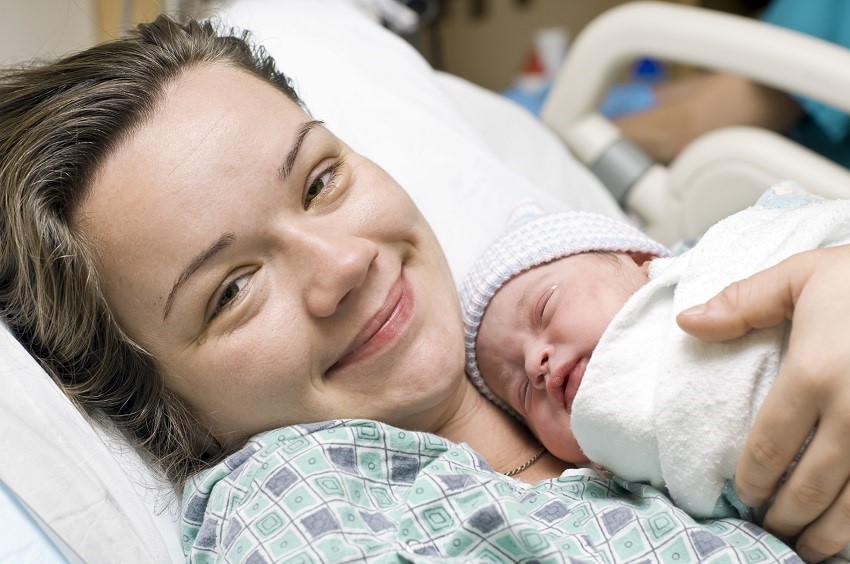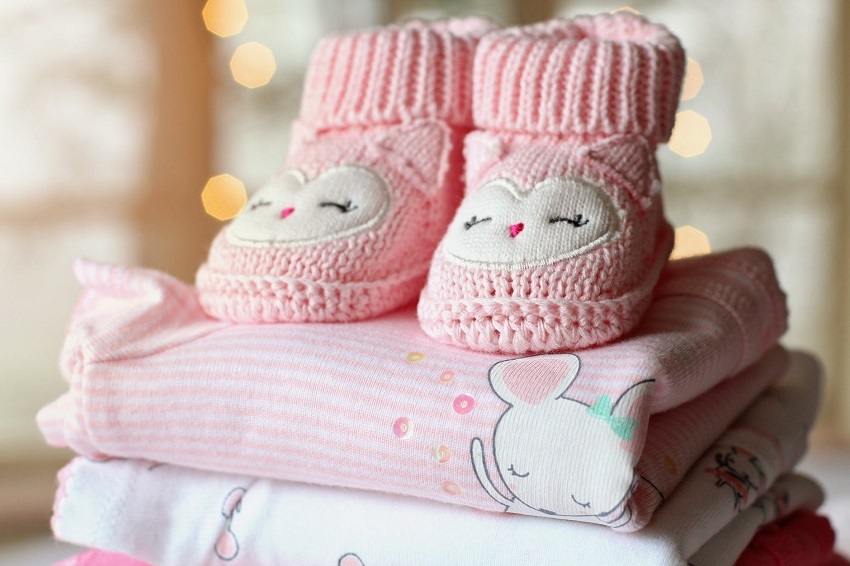Preparing for birth

Preparation for child birth
Diet
The size of your baby makes digestion difficult for you. Eat several small meals consisting mainly of stewed fruit, cereals and dairy products instead of big lunches or dinners.
Medical Examination
Regular visits to the doctor are recommended during the last month until the baby is born. Your doctor should review with you labour and delivery, answer any questions, and reassure you about any concerns.
Common
During the final weeks, the increasing size of your abdomen may intensify any discomforts you may experience, such as breathlessness, insomnia, involuntary urinary incontinence, varicose veins and hemorrhoids.
Exceeding the normal term
If the date of your scheduled delivery passes, be patient because this date falls within a range of 38 to 42 weeks. But, beginning with the 41st week, it is in your best interest to be monitored every other day, preferably in the hospital.
Home or Hospital?
It is becoming increasingly popular for mothers to give birth in their homes. With excellent midwife facilities and hospitals close by in case of an emergency, mothers prefer the comfort of their own home. It is really a personal choice whether you decide to give birth at home or in hospital. You should discuss all options with your doctor, for he/she may decide that a hospital birth would be better in case of any complications, for example, a breech birth.

Hospital Birth
Advantages
- Provides good environment if your home is not suitable
- Full medical back-up is available should a complication develop
- You have contact with other mothers and babies
- If you need help, 24-hour support is available
Disadvantages
- There may be a lack of privacy and intimacy
- Medical intervention is more likely
Hospital Birth Checklist
- Old nightdress or loose T-shirt (hospitals provide their own gowns for delivery but if you want to wear your own clothes, make sure they are disposable ones)
- Face Cloths for while in labor and a natural sponge
- Water spray - for cooling
- Bottled water
- Hot water bottle
- Socks
- Camera - to click any memorable moments
You will need the following things for after birth:
- 2-3 nightdresses -front opening if you will be breast feeding
- 5-6 old or disposable knickers
- 24 stick-on maternity sanitary towels (superabsorbent)
- Dressing gown
- Old slippers
- Towels
- Washbag with face cloths and toiletries
- Tissues
- Breast pads
- Nipple cream
- Nursing bras (if breast feeding)
- Pen
- Plastic bag for dirty linen
- Loose, comfortable clothes for going home (remember, you will still not be able to fit into your pre-pregnancy clothes)
Your baby's bag for his stay in hospital
- Sleepsuits
- Nappies
- Vests
- Cardigans
- Cotton wool
- Blanket/Shawl
- 'Best' outfit for a photo in the hospital
- Nappy Cream
- Scratch mitts
- Hat
Home Birth
Advantages
- Freedom from hospital rules and strict routines
- A more private and intimate birth is possible
- There is no need to travel or be moved about while in labor and afterwards
- Your family share more in birth
Disadvantages
- You may need to be transferred to a hospital, if complications arise
- You may not get as much rest afterwards if you have to look after your family
Important Points
- Although you may want to give birth in a particular room, it is best to be flexible and prepare a couple of rooms so that there are no last minute confusions. It should be warm and have easy access to warm water. It should also be spacious and have enough room for the midwife to move around. Your house should be within easy access where an ambulance can reach you in case of an emergency. There should be a toilet close to the room and a telephone either in or quite close to the room
- If you have other children, you may want to arrange for someone to come to your house and look after them so that you and your birth partner can concentrate on the delivery.
- To prepare the bed for delivery, place a clean undersheet first over the mattress and cover it with a plastic sheet. Place another clean undersheet over the plastic one. When this sheet gets dirty during birth, it can be removed along with the plastic sheet and you will have a freshly made bed under it.
- You may be very hungry after giving birth so it is a good idea to prepare some food beforehand and freeze it. This prepared food will also be handy in the first few days after the baby is born.
Home Birth Checklist
General Needs
- A bed with a firm mattress
- There should be two clean surfaces next to the bed - one for the midwife to keep her equipment and the other for the baby's examination after birth by the midwife.
- You need to have sufficient plastic sheets to protect the bed and the surrounding floor from the amniotic fluid and the blood from the delivery. Alternatively you can use old sheets and shower curtains.
- Have some bin liners so that cleaning up after delivery is easier.
- Have plenty of cushions and pillows so that you are able to keep yourself comfortable during labour.
- A low stool for squatting purposes.
- A hard-backed chair to sit and lean over.
- Clean towels, sheets and blankets.
- Large plastic bowls and soap
- A lamp or other source of bright light which will be needed by the midwife to examine you from time to time.
- Camera for photographs
Your things
- Stick-on maternity towels
- Disposable knickers
- Old T-shirt/nightdress for giving birth in
- Socks
- Breast pads
- Nursing bras
- Front-opening nightdress for wearing after birth
- Slippers
- Flannels
- Clean towels
- Hot water bottle
Baby Things
- Soft, clean towels and sheets.
- Baby growers
- Vests
- Nappies (either disposable or toweling)
- Nappy cream
- Cotton wool
- Scratch mittens
- Baby blanket or shawl
- Basket, cot or crib
- Changing mat
